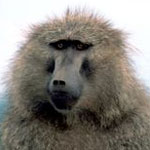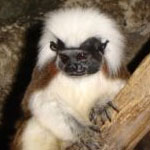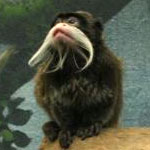I just read a very interesting article in the current NewScientist magazine (issue 2576) that I wanted to comment on —
“…with the exception of the musk ox, humans are the only mammals with almost continuously growing hair… Different parts of the body is what determine different lengths of hair… Leg hair, for example, last around 2 months, armpit hair .. make it to six months but head hairs grow nonstop for 6 years or more. … and there are hundreds of genes involved….. there are 10 main genes for the keratin from which our hair is constructed.”
Furlessness may be a better way to manage hair loss in the savannas for human hunters which allows for better thermoregulation. The authors of the article believe that there are several good reasons to become less hairy, evolutionarily speaking. Fighting disease is one such good reason, since “hair is a prime habitat for parasites.” The authors believe that the driving force for change in our evolution is mostly cultural.
“Darwin believed that less hairy was a sexual selection process and those with less hair were the most attractive…. Those people who did not groom, became ‘the mark of the outcast, the lunatic and the social pariah’.”
For proof of the value of culture working with evolution, the authors suggest that we look at well groomed animals such as the African baboon (magnificent manes), Amazonian cottontop tamarin (punk head tufts), emperor tamarin (imperial mustaches), and India’s lion-tailed macaque (chic eloquence).

Baboon |

Cottontop Tamarin |

Emperor Tamarin |

Lion-tailed Macaque |
These animals have fur that grow to a fixed length and each of the primates are groomed constantly by peers in their social organization. The world’s oldest profession possibly may be the hair dresser, certainly competing with prostitutes and soldiers for that distinction.
Tags: evolution, hair, baboon, tamarin, macaque, animal, fur




